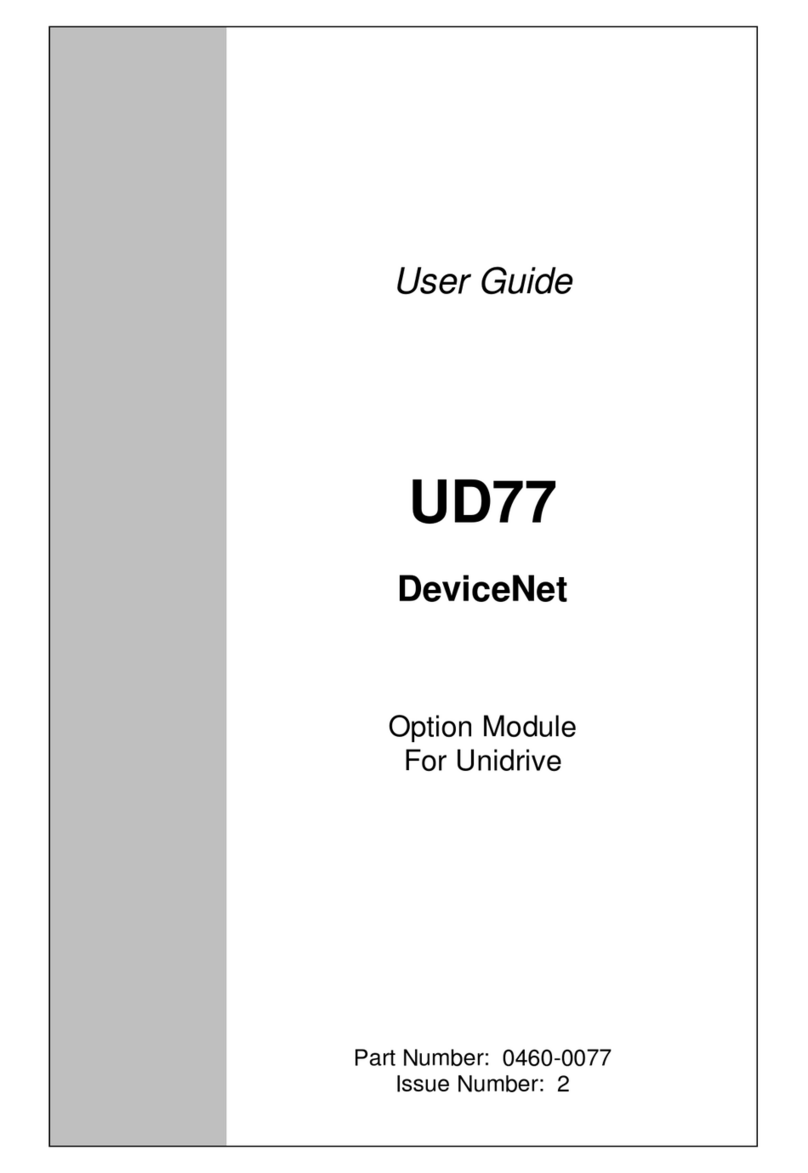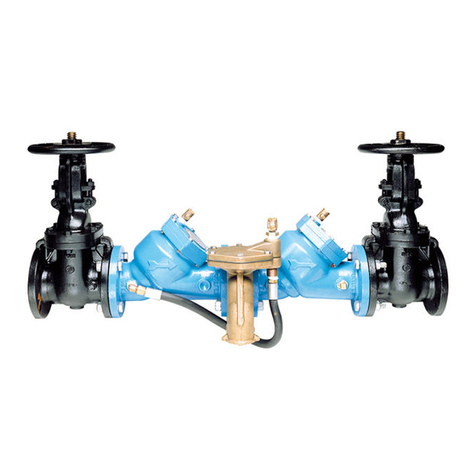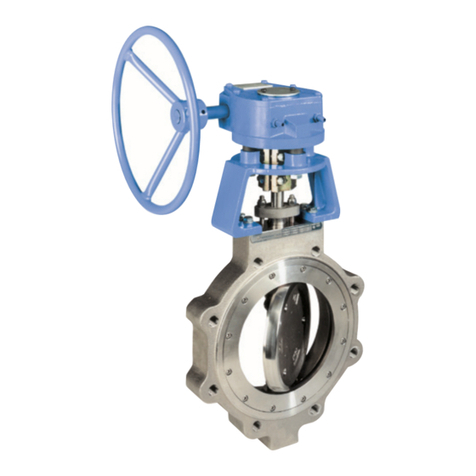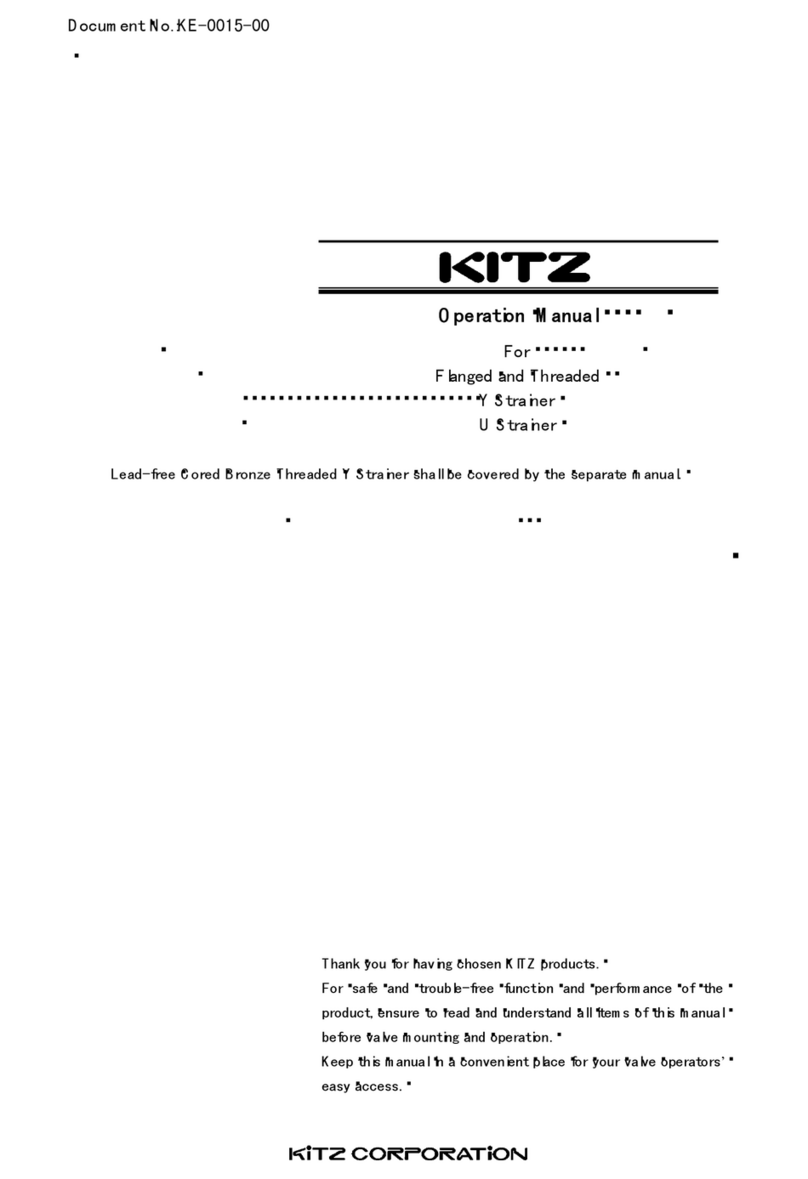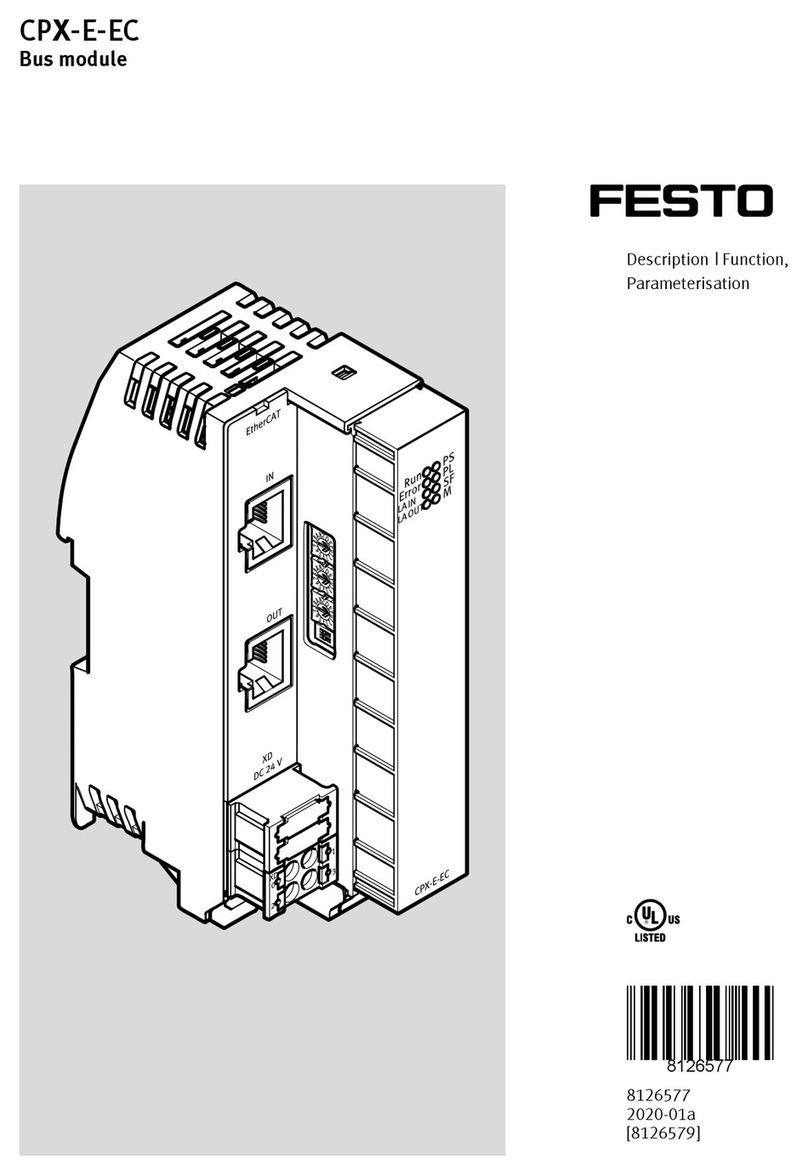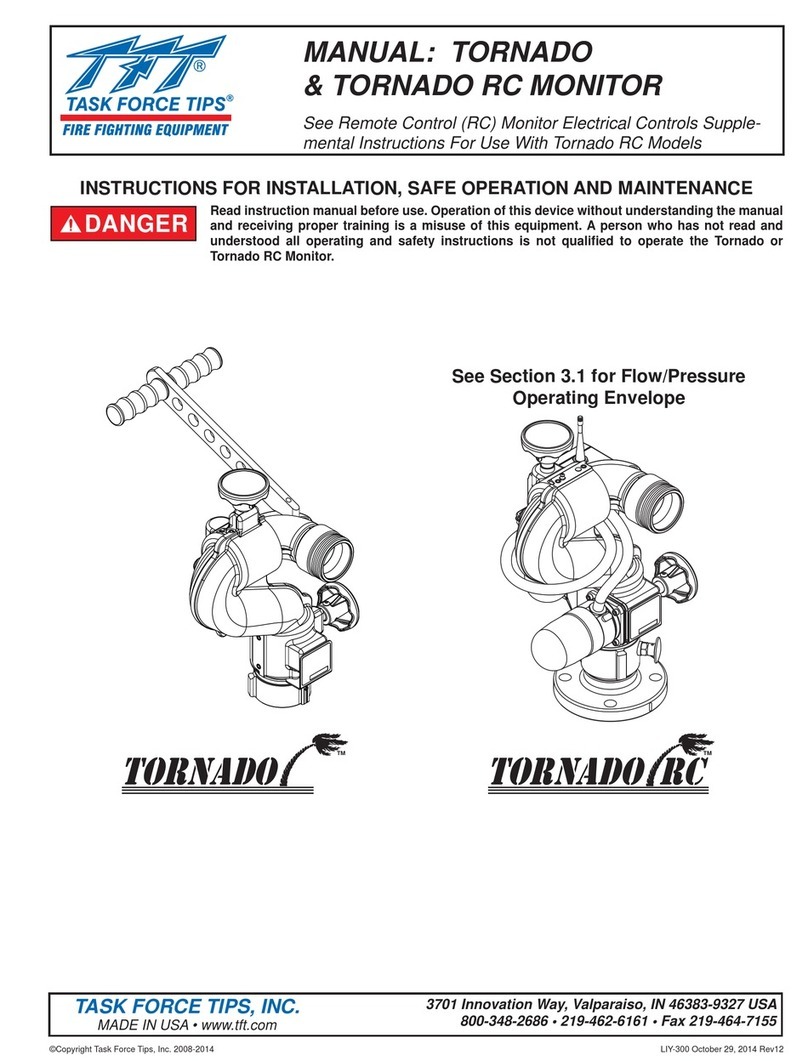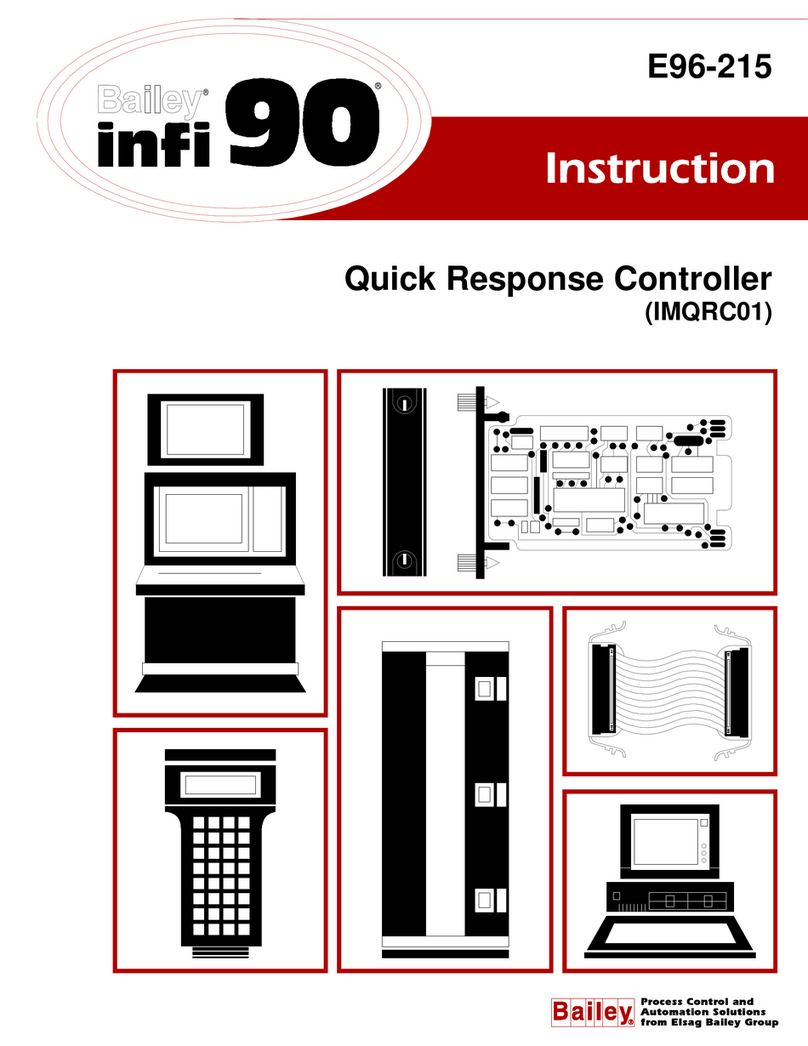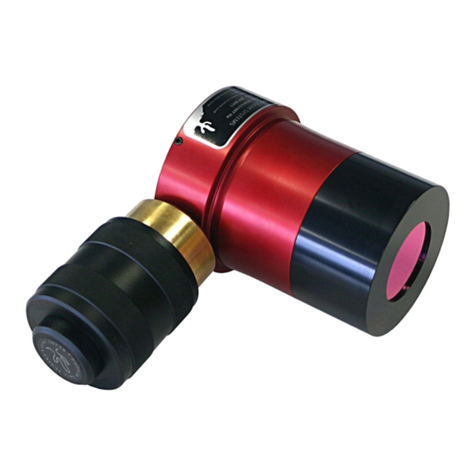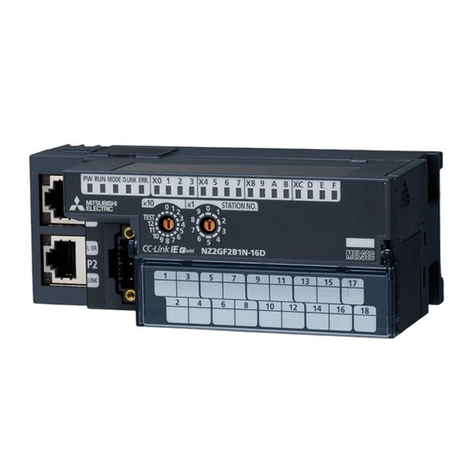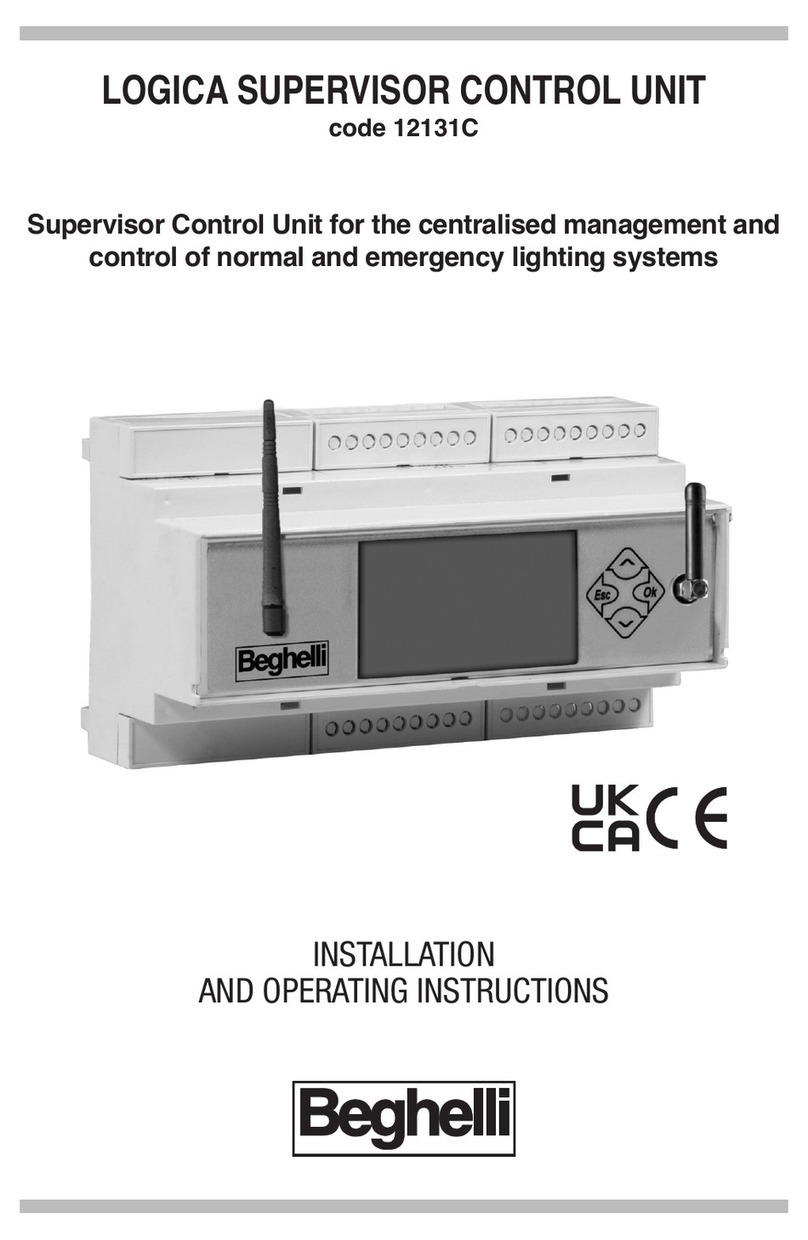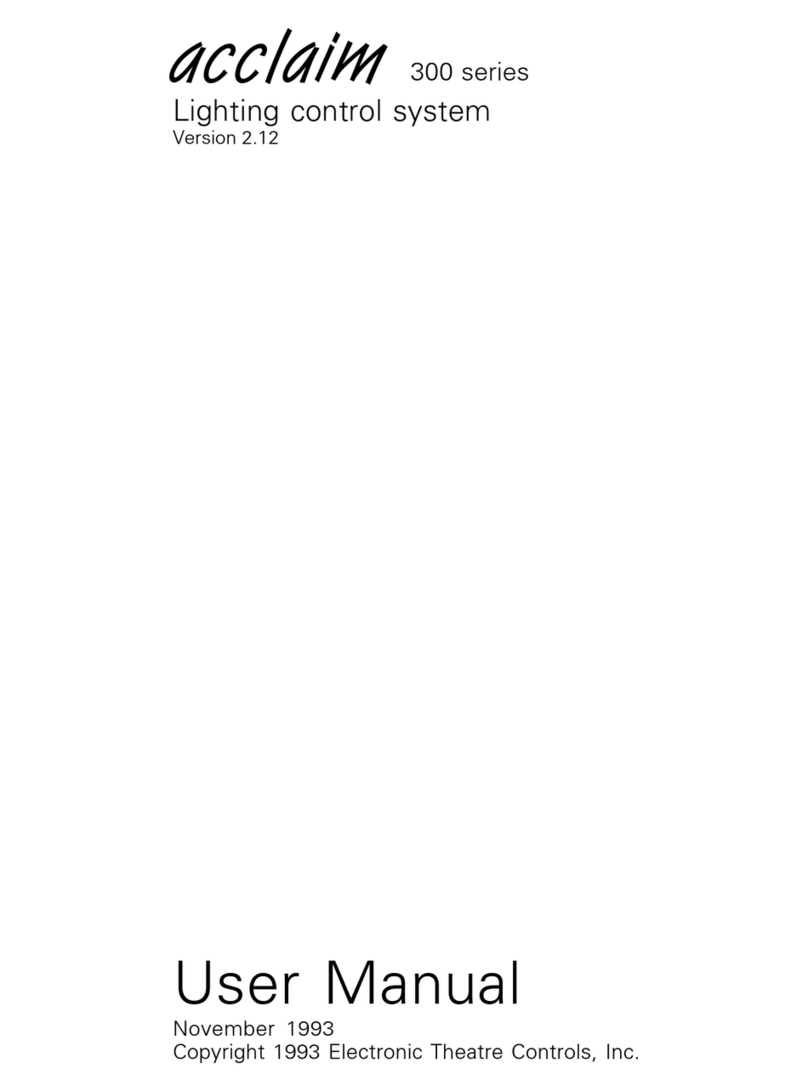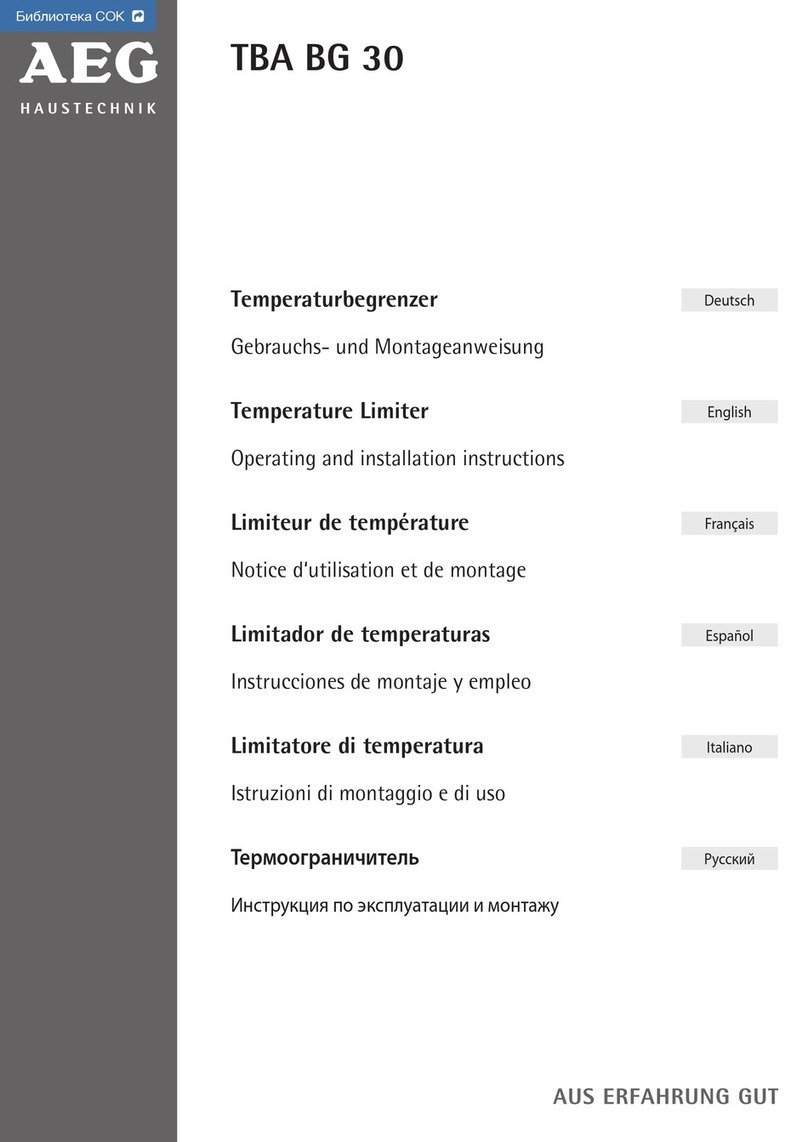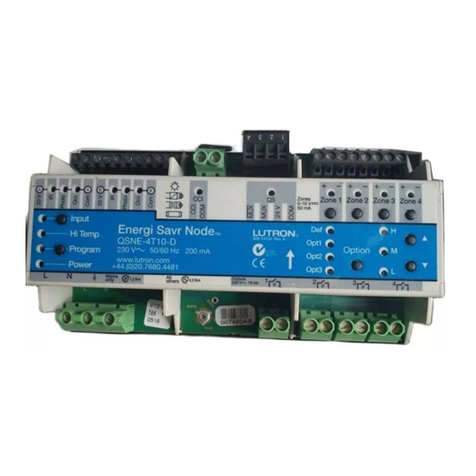
to the pressure on the downstream side of the valve. Because the piston, main stem and valve
seat float freely from the manual valve stem and handwheel assembly, the valve is able to self-
close under static conditions and maintains a reduced pressure both under no-flow and flowing
conditions Valve discharge pressure is transmitted to the top side of the piston through pressure
passages in the main stem. The presence of the piston results in a net area differential, which
produces a hydraulic balancing force in the closed direction. The magnitude of this balancing
force is in direct proportion to the hydraulic area of the piston.
The Field Adjustable feature of the valve is controlled by a spring within the valve upper
bonnet. The spring adds an opening force to the main stem so that pressure reduction may be
changed as the spring force is changed. This feature allows for the valve to satisfy all
expected inlet/outlet pressure ratios. The Field Adjustable feature allows for one type of valve
to be specified for all locations in a structure. Once installed the valves can be adjusted to the
correct pressure reduction ratio based on their locations.
The URFA valves feature a patent pending manual close design that allows for extremely low
torque of the handwheel while manually opening and closing the valve. The unique design
allows for the for independent operation of the valve stem from the manual close push-rod; this
allows for the operator to bypass the large torque required to overcome the stiffness of the
adjustment spring.
INSTALLATION OF VALVE
• The valve should first be plumbed into the system
• The upper bonnet may be rotated for optimized access to adjustment window
o Loosen Bonnet Nut
o Rotate Upper Bonnet to desired location of adjustment window
o Apply service removable thread lock to the Bonnet Nut threads
o Tighten the Bonnet Nut firmly
• See wire diagram for proper installation of supervisory switch
• The system should be slowly filled with water and purged of air
• The system should then be flushed to remove any debris
VALVE SETTING SELECTION
The URFA valves have settings of A, B, C, D, and E. Each valve setting corresponds to a
pressure reduction graph located at the end of this manual. The valve setting is determined by
where the top of the adjustment cylinder lines up on the Adjustment Identification Label
located on the main stem (refer to Figure 1). To determine the correct setting for each URFA
valve in the system design please use the following step.
1. Determine the standpipe or sprinkler riser residual pressure for each valve location.
This is the inlet pressure at each valve under design flow conditions. In order to
accurately determine these pressures, complete water supply date will be required,
including results of municipal supply, flow test, and the pump performance curve. The
URFA inlet pressure will be equal to the sum of the pump discharge pressure and the









